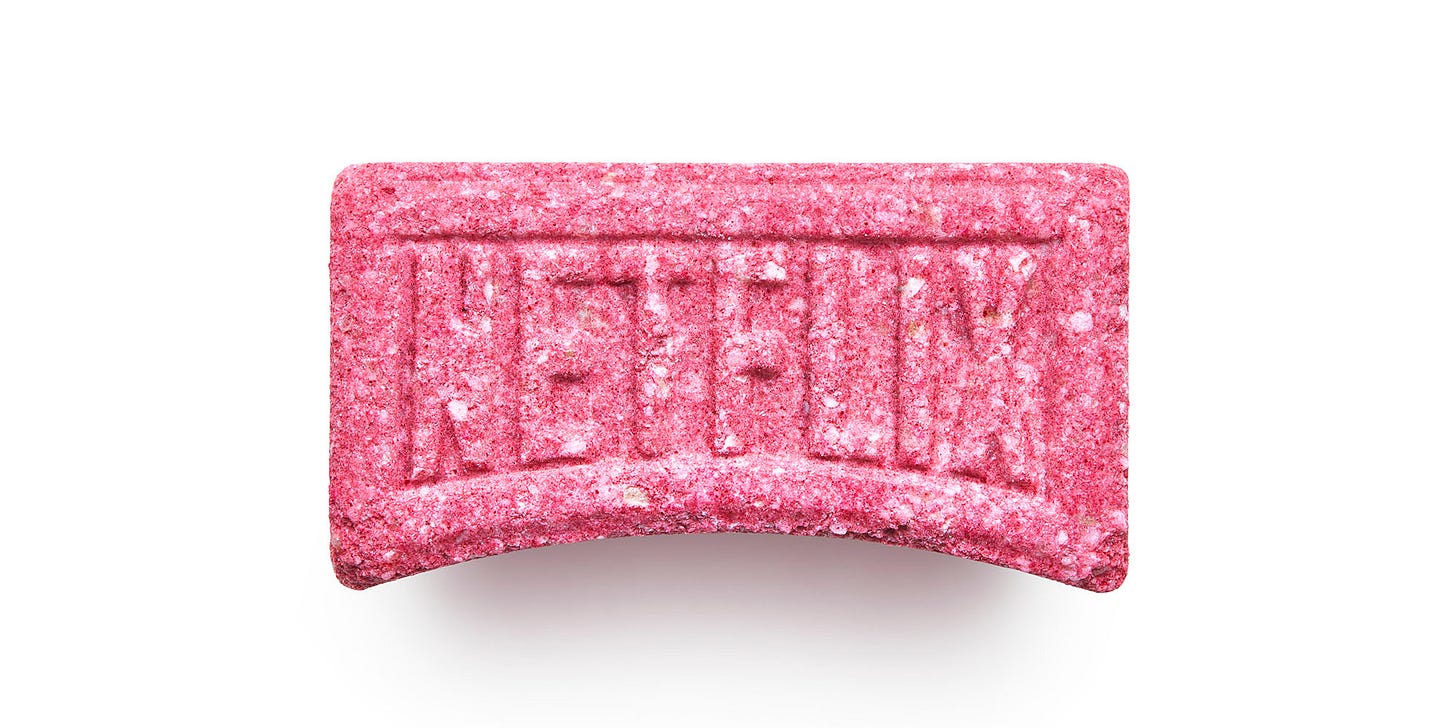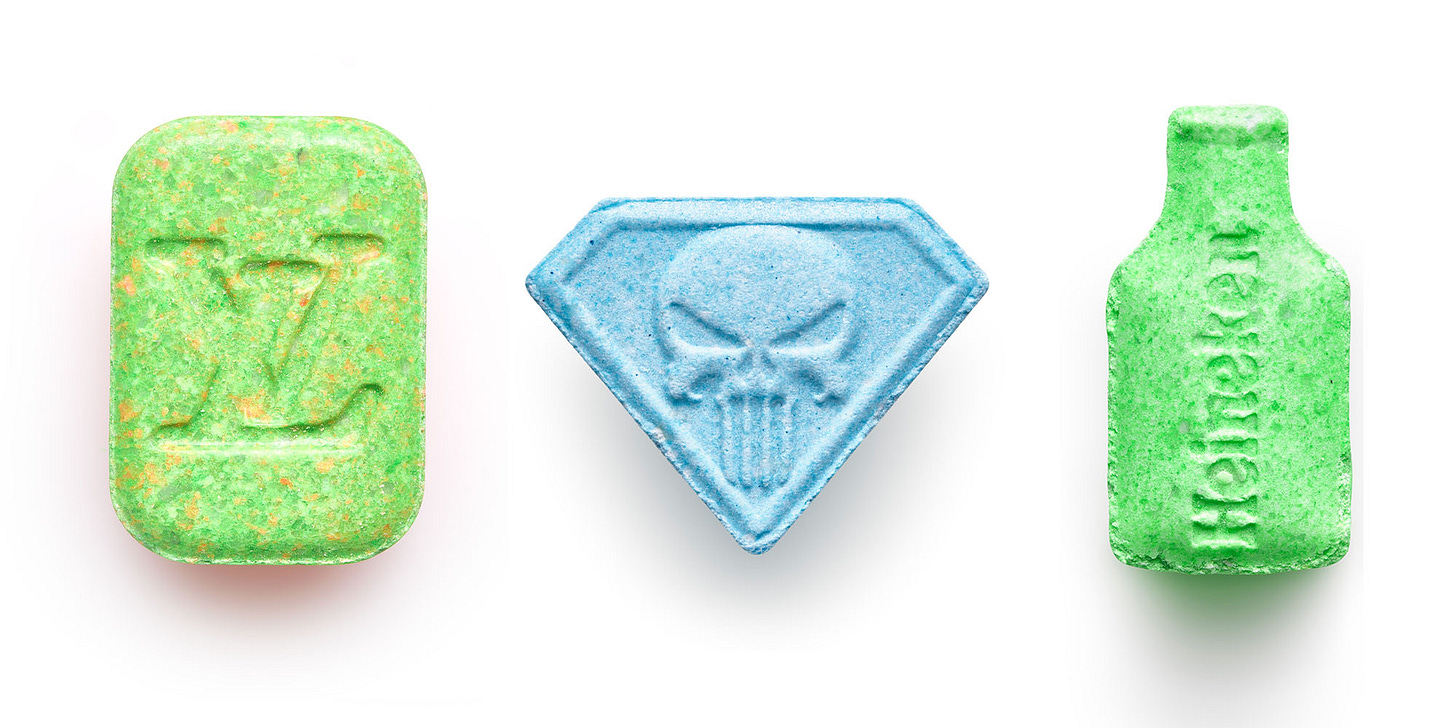The Drugs Do Work
What Marketing Can Learn from the Underworld’s Finest.
Nike submitted the National Women's Soccer League for consideration in the best TV drama category at the Golden Globes. Genius. For years the go to strategy for sports has been to proclaim it to be the 'best drama’ on television. Nike has taken it one step further and gone toe to toe with Netflix, HBO and Apple; this ‘actions speaks louder than words’ approach reinforces the brand mission we all know and love, the brand is just doing it, the uninvited guest venturing into unexpected territories.
This lateral approach reminded me of another unorthodox entrant excelling in an arena in which it is unrecognised. The illegal narcotics industry and its marketing strategies. For years these illicit innovators have been creating a marketing concoction so potent that if it were any more addictive, it would be, well, illegal.
The Dutch are the world's largest manufacturer and exporter of ecstasy and they display marketing prowess befitting an industry leader. The brains behind the business demonstrate excellence and efficacy across the full spectrum, from branding, product innovation and customer experience to building engagement and community across social channels. These folks should be lording it on the Croisette come June (some might say they already are.)
Dutch Candy, a project by Adam Fierman and Peter Andrew Lusztyk lays bare the ecstasy mogul's flair for branding. These savvy marketers are quick to imprint their pills with symbols of pop culture royalty—from the iconic logos of Netflix and Red Bull to more relevant party focused brands such as Tomorrowland - and the pace at which they operate is dizzying; when a new season of Stranger Things drops, you can bet your vintage Walkman that there's a pill imitating it faster than you can count to Eleven. It is an approach that builds brand loyalty and instils product confidence whilst operating at the speed of culture. A triple whammy that is the envy of every marketer.
In experience marketing they have been responding to user feedback long before it was a hash-tag. Take 'split lines' - a product innovation where pills come pre-scored, facilitating a smooth break without the dental hazards. This is innovation that promotes community-building through design, whilst simultaneously communicating product potency. 'One line, or three' is a silent conversation between manufacturer and consumer, an unspoken promise of the journey ahead that crosses language and cultural barriers - the pinnacle of communication on a global scale.
Consider the wrap, a piece of packaging design ripe for innovation. Typically a nondescript piece of paper, but in the hands of these innovators - a canvas for brand voice. Created from themes such as manga and erotica, each wrap becomes a storytelling medium, each a reflection of the dealer's persona. Some go a step further and commission custom designs from local artists, a form of cutting edge co-creation aped by marketers everywhere. Others go a step further still and use valid lottery tickets, a gamble within a gamble: in/off your face supermarket loyalty cards.
Social media? These guys are all over it. They have client data coming out of their ears and, granted, little respect for GDPR. However this is a masterclass in how to use first party data to build a direct conversation with your customers. The dealers speak their tribe's language with respect and authority and more importantly without the cringe of a corporate account. The simple emoji sequence of a dancing lady, a pill, and a rocket is not just a fun Friday night; it's a functional product list and emotional benefit all in one.
It's time to take a page from the drug dealers' acid soaked playbook, because whatever the product being pushed, when it comes to innovation, sometimes it pays to take a walk on the wild side. Let's celebrate these entrepreneurial spirits, those who have woven themselves into the cultural fabric, it's time we saw them on the podium in Cannes rather than the street corner.
*First published in Creative Review
Photos: Adam Fierman and Peter Andrew Lusztyk


